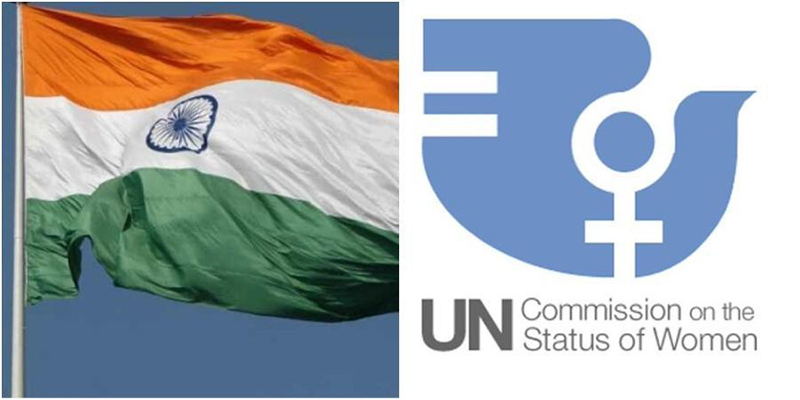Indian students contributed USD 7.6 billion to the US economy in the academic year 2019-20. However there was a 4.4percent drop in the total number of Indian students, according to a report.
China remained the largest source of international students in the US with the number of Chinese students in the country increasing for the 16th consecutive year. There were over 3,72,000 Chinese students in the US during 2019-20 year, revealed in the report titled “Open Doors 2020” released by the US Department of State’s Bureau of Educational and Cultural Affairs and the Institute of International Education (IIE).
India remained the second largest source of international students, despite 4.4 percent decline to 1,93,124, it said.
The report said that for the fifth consecutive year the United States hosted more than one million international students (10,75,496 ) in an academic year.
According to the US Department of Commerce, international students contributed USD 44 billion to the US economy in 2019, including USD 7,69 billion from Indian students.
We are encouraged to see a fifth year of more than 1 million international students in the United States before the pandemic, said Marie Royce, Assistant Secretary of State for Educational and Cultural Affairs.
International student mobility is as important today as ever, and we believe the United States is the best destination for students to study and earn their degrees. Education is a pathway to a greater future and international educational exchange has the power to transform students’ trajectories, Royce said.
Among the top 20 places of origin, the largest percentage increases were students from Bangladesh (+ seven per cent), Brazil (+ four per cent) and Nigeria (+ three per cent).
Saudi Arabia saw the largest percentage decrease (- 17 per cent) primarily due to changes in its government’s scholarship program.




























